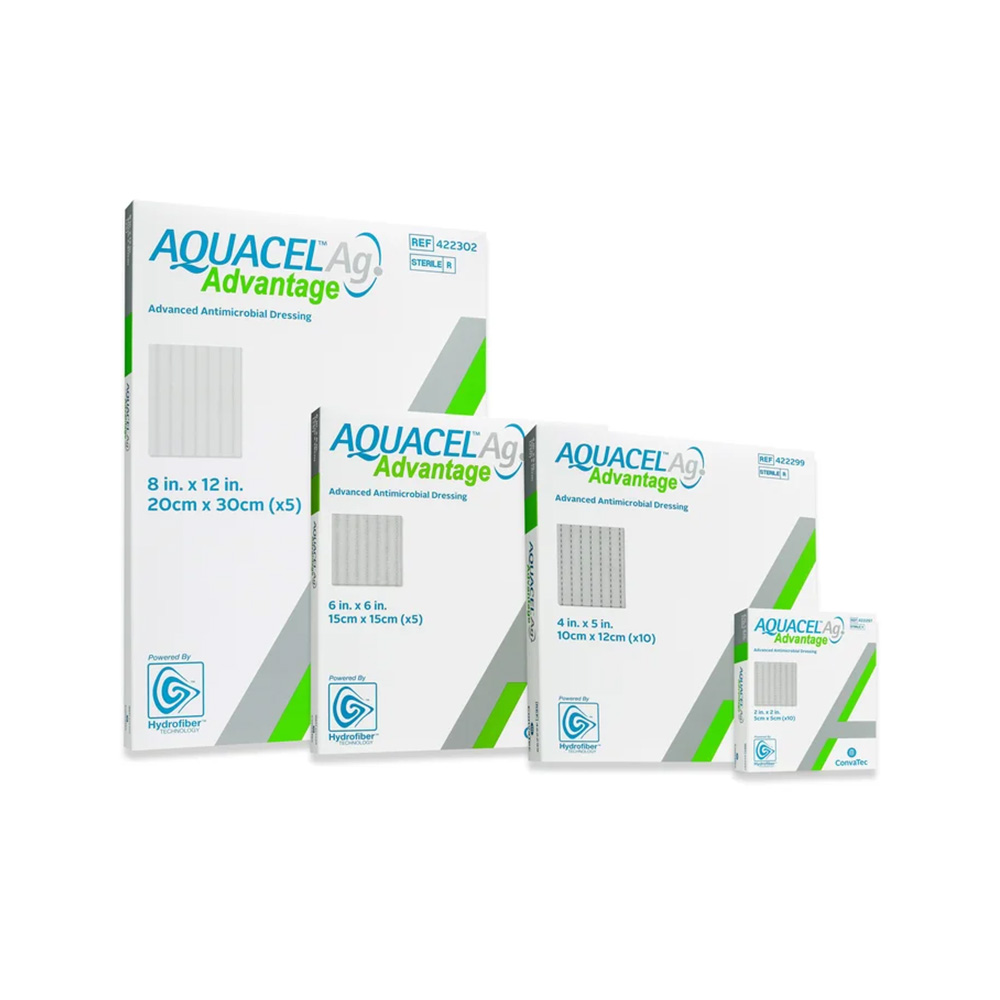
AQUACEL Ag Advantage Antimicrobial Dressings
Providing antimicrobial action, AQUACEL® Ag Advantage is designed to be a primary dressing for difficult, infected and acute wounds with varying amounts of exudate.
To

Living with a wound that produces fluid (exudate) can be challenging, whether you’re dealing with a surgical wound, ulcer, or other injury. Understanding how to manage your wound properly goes a long way in healing. We’ll cover some key information and tips in the sections below.
Be sure to always consult your healthcare provider for personalized advice when it comes to your wound care needs.
An exuding wound produces fluid as part of the healing process. This fluid, called exudate or wound drainage, is your body’s natural response to injury. It contains white blood cells, nutrients, and more to help fight infection and repair damaged tissue. Think of exudate as your body’s healing solution, delivering what your wound needs to recover.
The treatment approach can change depending on the level of wound exudate. For example, if you have a high exudate wound, it could make sense to use specialized dressings and other products to help manage that. Meanwhile, other dressing choices make sense when dealing with low exudate wounds.
Here’s a breakdown of the different levels and a general approach to them:
High exudate wounds produce substantial amounts of fluid that can quickly saturate dressings. These wounds often result from large injuries, surgical sites, or infections. Managing high exudate is important because excess moisture can damage the surrounding healthy skin – a condition called maceration.
These wounds typically require specialized dressings that can handle large volumes of fluid while maintaining an optimal healing environment. This is where foam dressings, along with hydrocolloid and alginate dressings, make sense.
Daily dressing changes may be needed for high exudate wounds.
Moderate exudate wounds produce a steady amount of fluid but not enough to overwhelm basic dressings. You’ll often see this drainage level in healing surgical wounds or pressure ulcers.
The key is finding the right balance – using dressings that can handle the moisture without drying out the wound bed.
You usually don’t have to change dressings as often when dealing with moderate exudate compared to high. This means dressing changes usually occur every 2-3 days, but stay on top of it (and check doctor/manufacturer recommendations).
Low-exuding wounds produce minimal drainage and are often seen in the final stages of healing.
These wounds need dressings that maintain moisture while preventing the wound from becoming too dry.
These dressings become less saturated than high or moderate exudate wounds, so it’s more about providing adequate moisture and protecting the wound.
Wound exudate plays a vital role in healing, but its effects depend on the amount produced. Understanding this balance helps you better manage your wound care.
Benefits of proper exudate levels:
However, when exudate becomes excessive or insufficient, it can cause problems. Too much can damage the surrounding skin, while too little might slow healing. This is why proper wound assessment and management are so important.
Healthy wound drainage has specific characteristics such as the following:
Watch for these warning signs that may indicate problems:
Yes, wound drainage usually goes down as healing progresses. However, proper wound care plays a key role in this process. Successful healing depends on:
Effective treatment requires an approach focused on proper wound care and management:
High exudate wounds require specialized dressings that can handle heavy drainage. Three types are particularly effective:
Foam dressings provide excellent absorption while maintaining a moist wound environment. They’re comfortable, conformable, and often stay in place for several days, depending on drainage amount.
Hydrocolloid dressings form a gel when they come into contact with wound fluid. This helps maintain optimal moisture balance while protecting the wound bed.
Alginate dressings are highly absorbent and especially useful for heavily exuding wounds. They form a soft gel on contact with drainage, helping maintain proper moisture levels.
Low-exuding wounds need dressings that maintain moisture while providing protection. Suitable options include:
These dressings help keep the right moisture levels while also protecting the wound. They also promote comfortable healing while allowing for extended wear time.
Remember that wound drainage often changes during healing, so you may need different dressings as your wound progresses. Work with your healthcare provider to adjust your treatment plan as needed.

Providing antimicrobial action, AQUACEL® Ag Advantage is designed to be a primary dressing for difficult, infected and acute wounds with varying amounts of exudate.
To
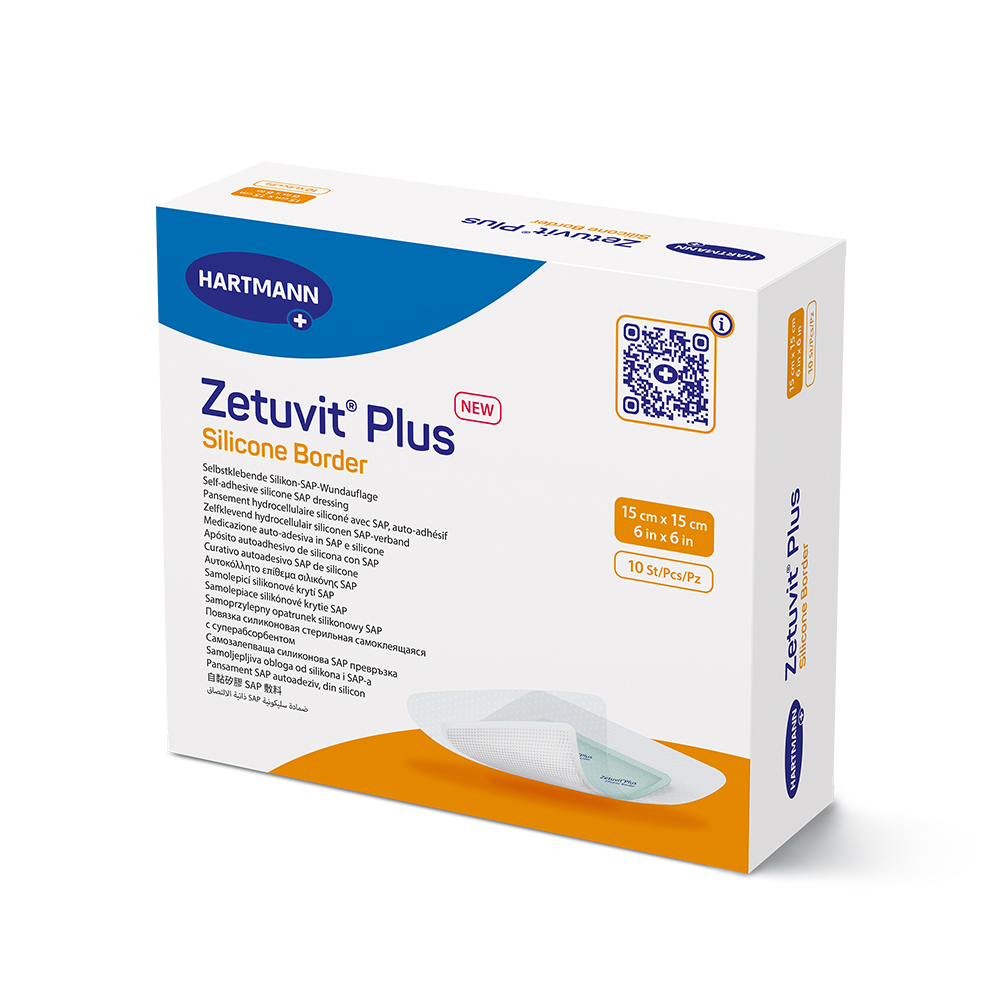
Zetuvit Plus Silicone Bordered Dressing – Upgraded Design Designed for first line treatment to improve healing conditions, Zetuvit® Plus Silicone Border is a versatile and
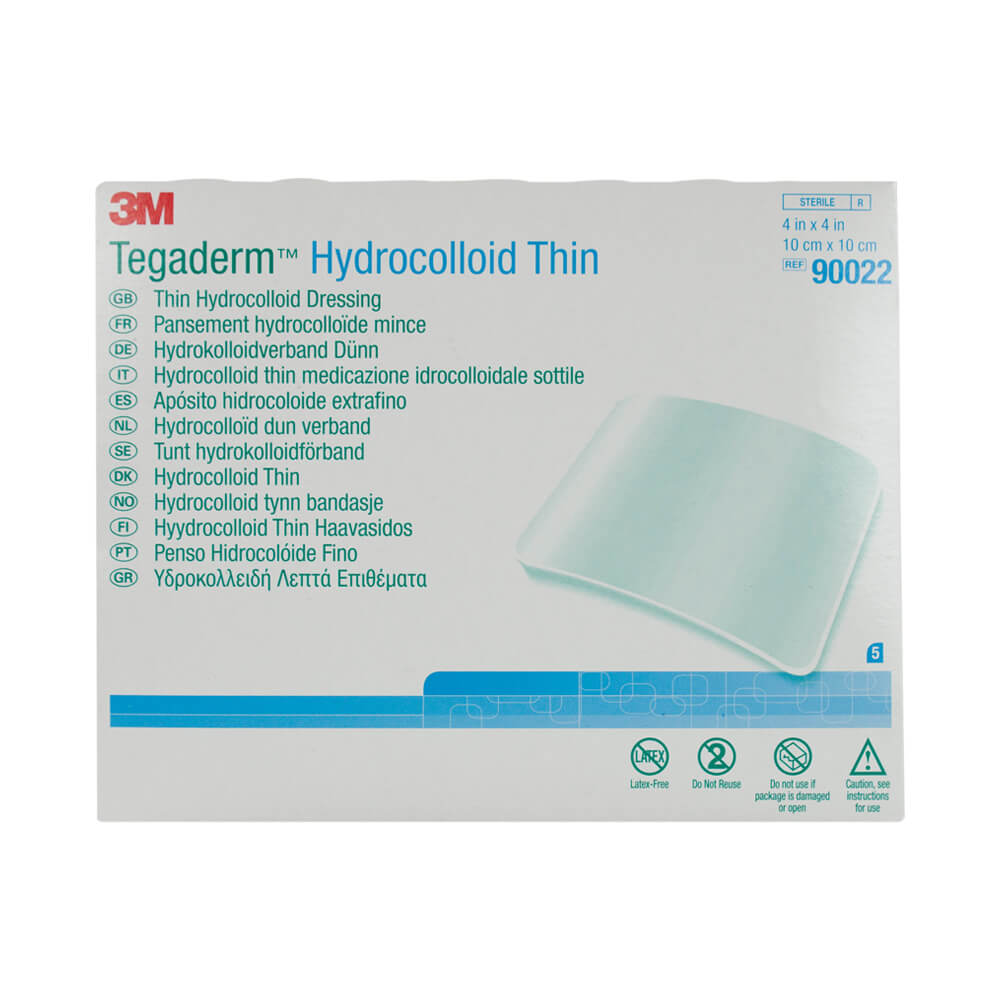
3M™ Tegaderm™ Hydrocolloid Thin Dressing are sterile wound dressings which consist of a hydrocolloid adhesive with an outer clear adhesive cover film impermeable to liquids,
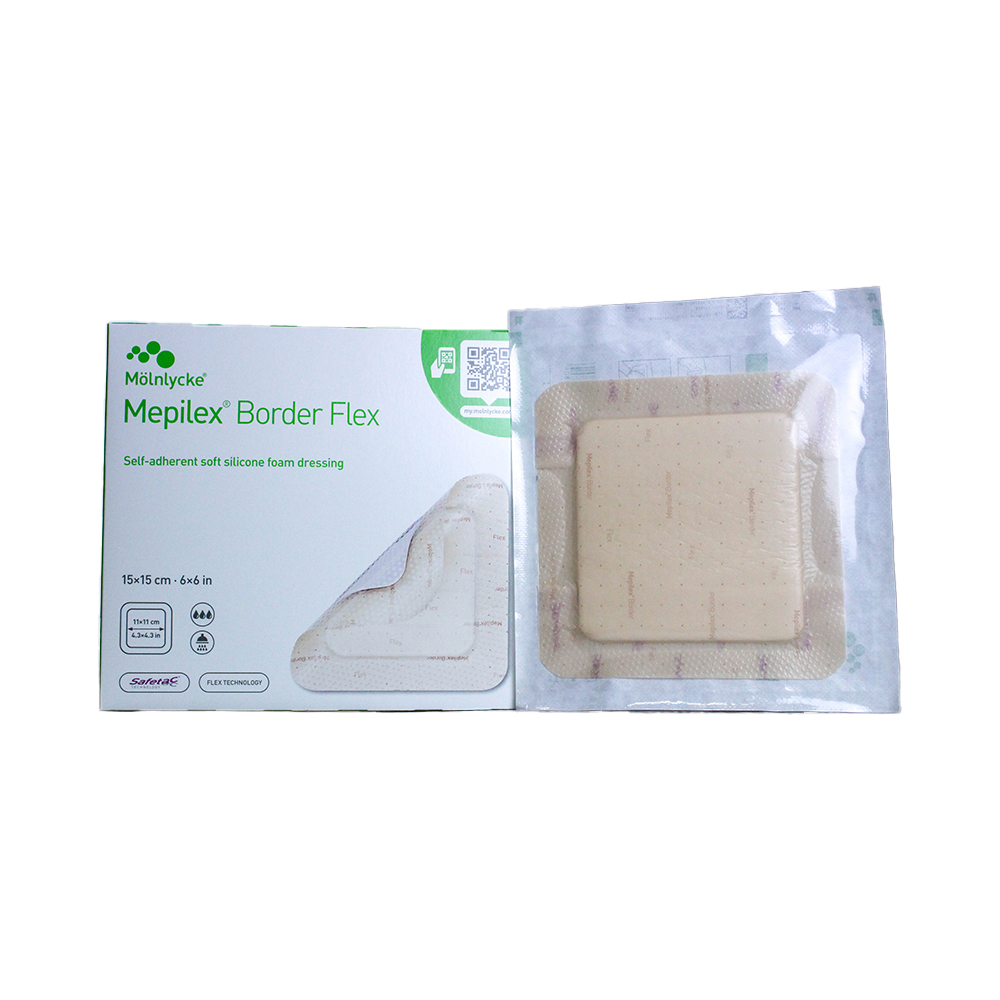
Featuring a highly absorbent five-layer design and Safetac® technology, Mepilex® Border Flex Foam Dressings are designed to assist with managing moderate- to high-exudate chronic and

Dealing with an open wound can be both painful and concerning. Whether you’re recovering from
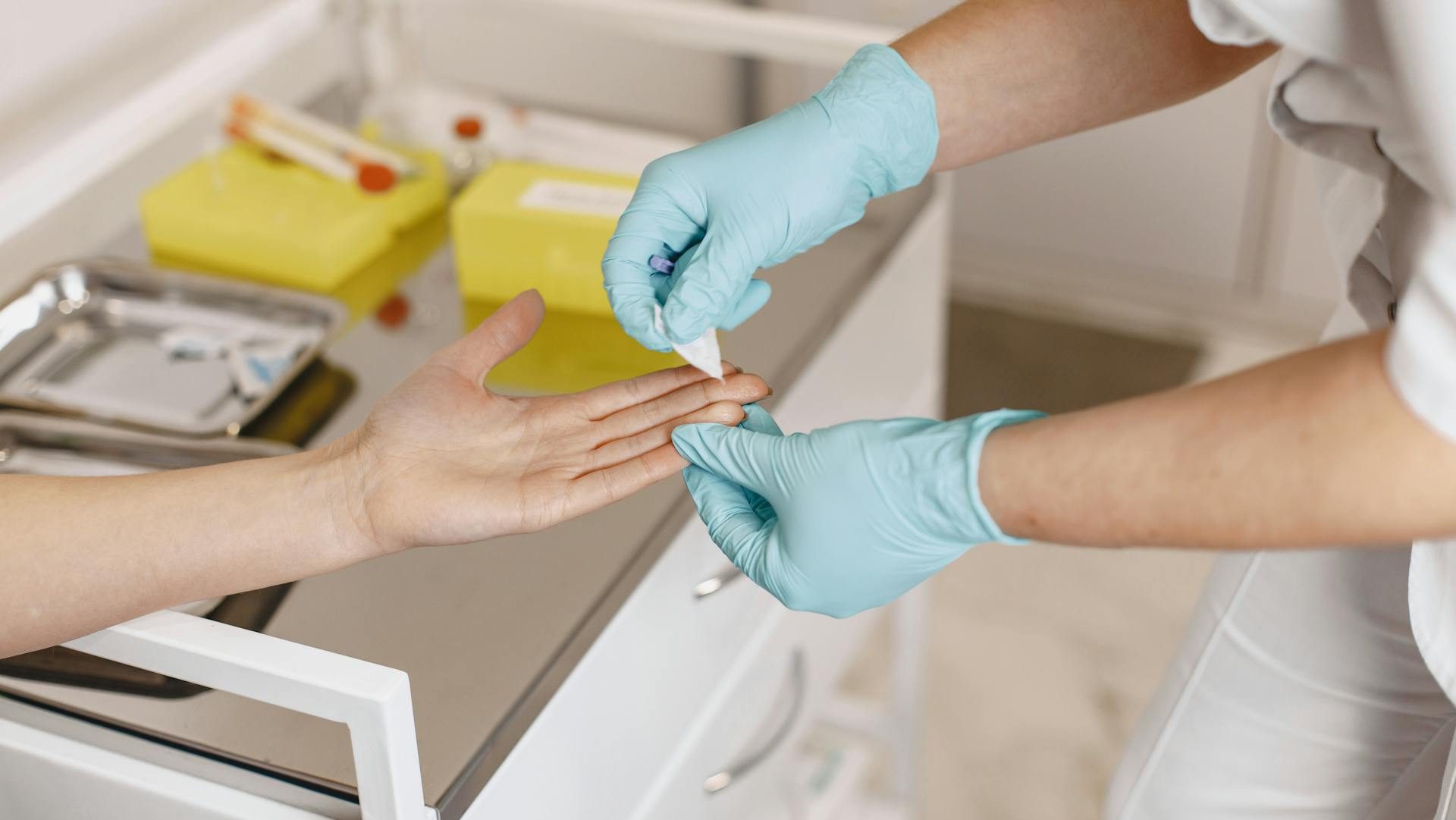
When you scrape your knee or cut your finger, your first instinct might be to
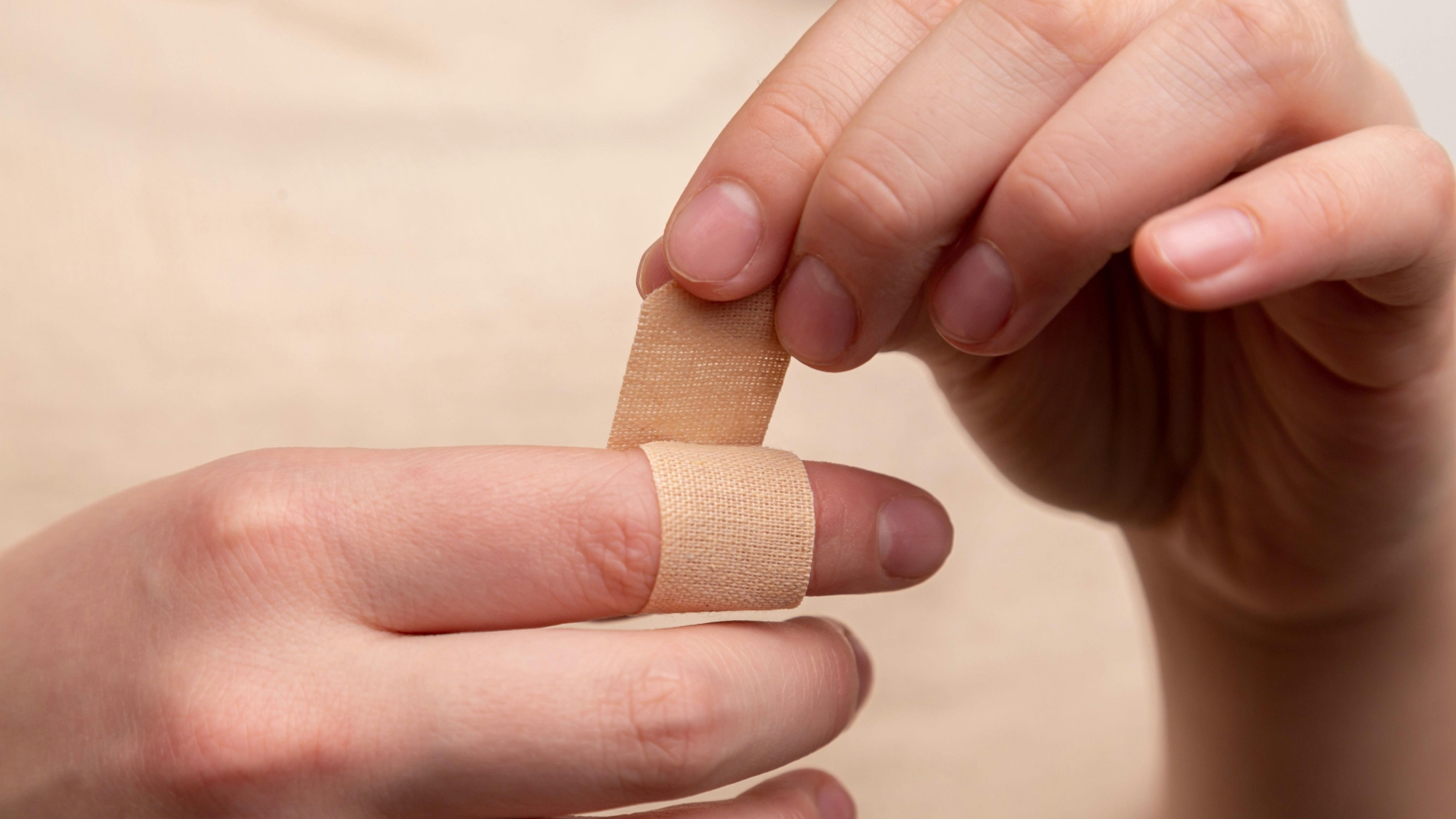
Ever faced the daunting task of dressing a wound? It’s not as straightforward as you
